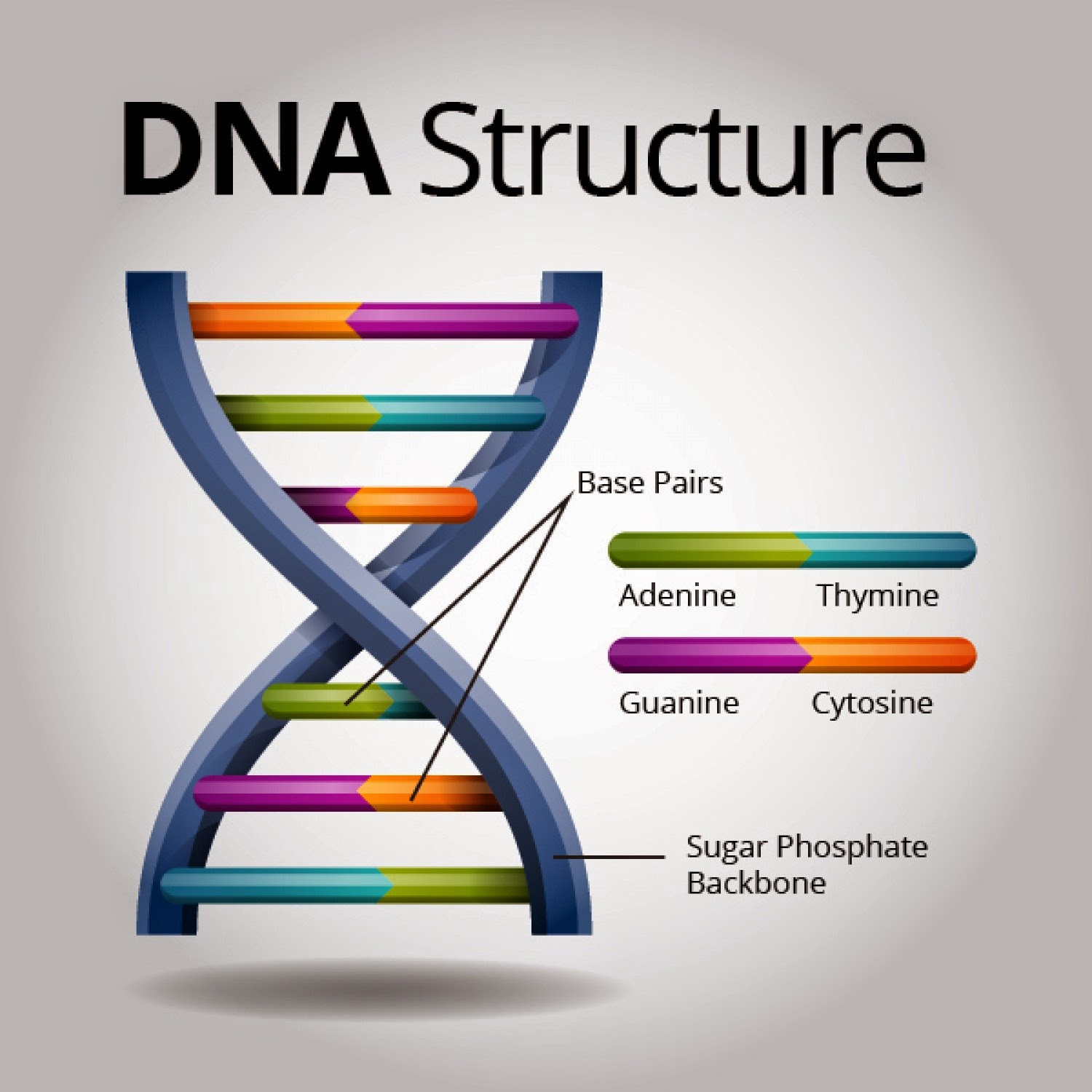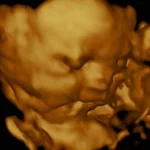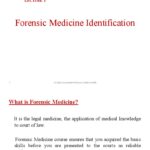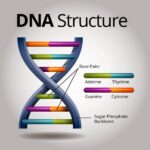Deciphering the tapestry of life begins with understanding DNA, the very blueprint of existence. But merely knowing it exists isn’t enough. We need to detect it, to identify it, to read its secrets. DNA detection methods are the sophisticated tools that allow us to delve into the molecular heart of organisms, revealing insights into health, ancestry, and the fundamental processes of life.
These techniques act as molecular magnifying glasses, enabling us to see the unseen, to quantify the minuscule. The quest to detect DNA has driven innovation across numerous scientific disciplines, leading to an arsenal of methodologies, each with its unique strengths and applications. Let’s embark on an exploration of these fascinating tools.
1. Hybridization-Based Assays: Molecular Velcro
Imagine DNA strands as halves of a zipper. Hybridization is the process where these complementary strands find each other and bind, forming a stable double helix. Hybridization-based assays exploit this principle to detect specific DNA sequences.
a. Southern Blotting: The Gold Standard
Southern blotting, named after its inventor Edwin Southern, is a venerable technique. It involves separating DNA fragments by size using gel electrophoresis, transferring them to a membrane, and then probing with a labeled DNA sequence. If the probe finds its complementary sequence on the membrane, it hybridizes, revealing the presence of the target DNA. Think of it as a highly specific “wanted” poster for a particular DNA sequence.
b. Microarrays: DNA on a Chip
Microarrays represent a leap forward in DNA detection. They consist of thousands of short DNA sequences (oligonucleotides) attached to a solid surface, like a glass slide. Fluorescently labeled DNA samples are then washed over the array. If a sample DNA sequence is complementary to a sequence on the array, it will hybridize. The resulting fluorescence pattern reveals which DNA sequences are present in the sample and in what quantity. This is akin to reading thousands of genetic barcodes simultaneously.
c. Fluorescence In Situ Hybridization (FISH): Painting Chromosomes
FISH takes hybridization to the cellular level. It uses fluorescently labeled probes to bind to specific DNA sequences within chromosomes. This allows researchers to visualize the location of genes and identify chromosomal abnormalities directly within cells. Imagine painting specific regions of a chromosome with glowing markers, providing a visual map of the genetic landscape.
2. Amplification-Based Assays: Molecular Xerox Machines
Sometimes, the amount of DNA available is too small to be detected directly. Amplification-based assays solve this problem by creating millions or billions of copies of a target DNA sequence, making it easier to detect.
a. Polymerase Chain Reaction (PCR): The Workhorse of Molecular Biology
PCR is arguably the most widely used DNA amplification technique. It uses a DNA polymerase enzyme to repeatedly copy a specific DNA sequence. This process involves cycles of heating and cooling, allowing the DNA to denature, primers to bind, and the polymerase to extend the DNA. After each cycle, the amount of target DNA doubles, leading to exponential amplification. PCR is like a molecular Xerox machine, churning out copies of a specific DNA segment with incredible efficiency.
b. Quantitative PCR (qPCR): Measuring DNA in Real Time
qPCR, also known as real-time PCR, allows for the quantification of DNA during the amplification process. By using fluorescent dyes or probes that bind to the amplified DNA, researchers can monitor the amount of DNA produced in real time. This provides a precise measurement of the initial amount of target DNA in the sample. It’s analogous to having a speedometer for DNA amplification, allowing you to track its progress and final quantity.
c. Loop-Mediated Isothermal Amplification (LAMP): PCR’s Faster Cousin
LAMP is a DNA amplification technique that can be performed at a constant temperature, eliminating the need for thermal cycling. This makes it faster and simpler than PCR. LAMP uses a special DNA polymerase and a set of four to six primers that recognize six distinct regions on the target DNA. The amplified DNA forms a loop-like structure, which can be detected using various methods, including turbidity measurements. Imagine a DNA copying machine that works at a steady pace, without the need for constant temperature adjustments.
3. Sequencing-Based Assays: Reading the Genetic Code
While hybridization and amplification methods tell us whether a specific DNA sequence is present, sequencing-based assays go a step further and determine the exact order of nucleotides (A, T, C, and G) in a DNA molecule. This allows us to identify mutations, variations, and unique sequences.
a. Sanger Sequencing: The Classic Method
Sanger sequencing, named after Frederick Sanger, the Nobel laureate who developed it, is a chain-termination method. It uses modified nucleotides that, when incorporated into a DNA strand, stop further elongation. By generating fragments of different lengths, each terminating at a specific nucleotide, the sequence can be determined. Imagine creating a set of puzzle pieces, each representing a different nucleotide, which can be assembled to reveal the complete DNA sequence.
b. Next-Generation Sequencing (NGS): High-Throughput DNA Reading
NGS technologies have revolutionized DNA sequencing by allowing millions or billions of DNA fragments to be sequenced simultaneously. This enables rapid and cost-effective sequencing of entire genomes or targeted regions. NGS platforms employ various techniques, such as sequencing by synthesis or sequencing by ligation, to determine the nucleotide sequence. It’s like having an army of DNA readers, simultaneously deciphering millions of DNA fragments and assembling them into a complete genetic map.
In conclusion, DNA detection methods are the cornerstones of modern molecular biology. From the venerable Southern blot to the high-throughput capabilities of NGS, these techniques provide us with the tools to unravel the complexities of DNA, leading to groundbreaking discoveries in medicine, forensics, and beyond. They are the lenses through which we view the microscopic world, enabling us to read the story of life itself.










Leave a Comment